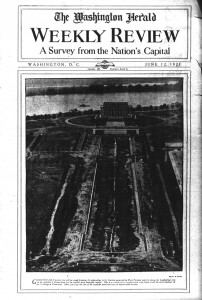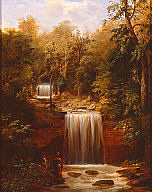Introduction
My name is Alexander Hinton and I am currently a sophomore at George Mason studying communications. Throughout my life I have practiced many different forms of internet usage. The earliest form of internet usage I can remember is using Netscape on my families old apple computer. This was back in the time of dial-up so whenever you had to connect to the internet it disabled any phone that was hooked up to the same line.
The Middle School Years
When I was in middle school my family moved to a new home and we were able to attempt to get satellite internet through our cable provider. This form of connectivity was known as DirectWay and it was almost worse than dial-up. While it didn’t tie up any phone lines during use, we would lose signal anytime a cloud passed in front of the dish and it would become slow at high traffic times of the day.
Late Adolescence
The next step in the evolution of my internet voyage was the migration from DirectWay to a broadband card through my mom’s work. This card hooked into a computer through the USB port and is known as VZAccess. It was more stable and faster than anything prior to it so we decided to keep it. VZAccess was my families main form of connectivity which they still use today.
The Golden Age of Internet Usage
When I came to mason I finally got access to what everyone else considered to be high speed internet. To me it was like something out of a fairy tale. I realized I had the whole of human knowledge at my fingertips. Naturally I took full advantage of this by increasing my usage on social media sights such as www.tumblr.com, facebook.com, and twitter.com. and through tech sights such as gizmodo.com and techcrunch.com. My journey with the internet has been an interesting one and I am very curious to see where it takes me in the future.


